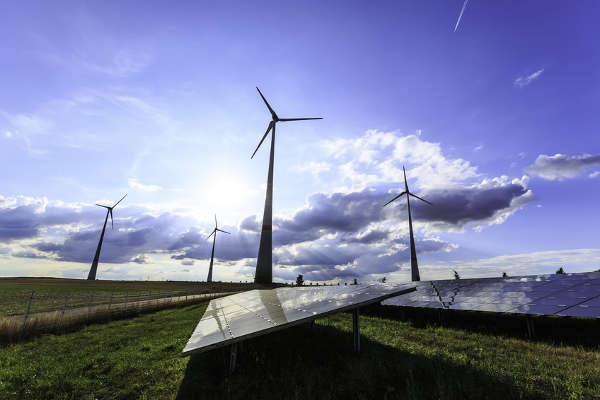Global renewable energy generation will match coal generation by 2040. That’s the claim of the latest international report from the US Energy Information Administration (EIA).
The ‘International Energy Outlook 2017’ (IEO2017) says coal will fall to 31 per cent of energy generation by 2040. Renewable generation is also expected to increase by an average of 2.8 per cent annually to 31 per cent.
Wind and solar power are expected to represent over two-thirds of all renewable additions in 2040.
“Energy intensity has been decreasing for a while,” said Ian Maule, who headed up the analysis for the EIA.
“What’s different going forward is that carbon intensity associated with the non-OECD world is also dropping,” he said.
World energy needs increase
The world consumed just over 20 trillion kWh of electricity in 2010, with that demand growing to just under 35 trillion kWh in 2040.
The strongest growth in electricity generation is projected to occur among the developing, non-OECD nations.
Coal is expected to remain the single-biggest source of generation in China through 2040. However, its share will fall from 72 per cent now to 47 per cent in 2040.
Renewable energy generation in China will also grow from 22 per cent now to 34 per cent, with wind alone expected to increase more than six-fold.
China will account for much of the world’s growth in nuclear generation, with nuclear growing from 3 per cent of the country’s generation to 11 per cent.
The global future of coal generation
Global coal production is projected to remain at about 8 billion tonnes from 2015 to 2040.
Although the total world production volumes do not change over the projection, the producer profiles will likely change.
China, the US, and India are currently the world’s largest coal producers. However, India is the only one of the three where coal production increases in the IEO2017.
Apart from India, coal production is also expected to increase in Australia and Africa.
In addition, the report found coal use in India and other developing nations continues to increase. This is offsetting the decrease in coal-related CO2 emissions elsewhere.













Comments